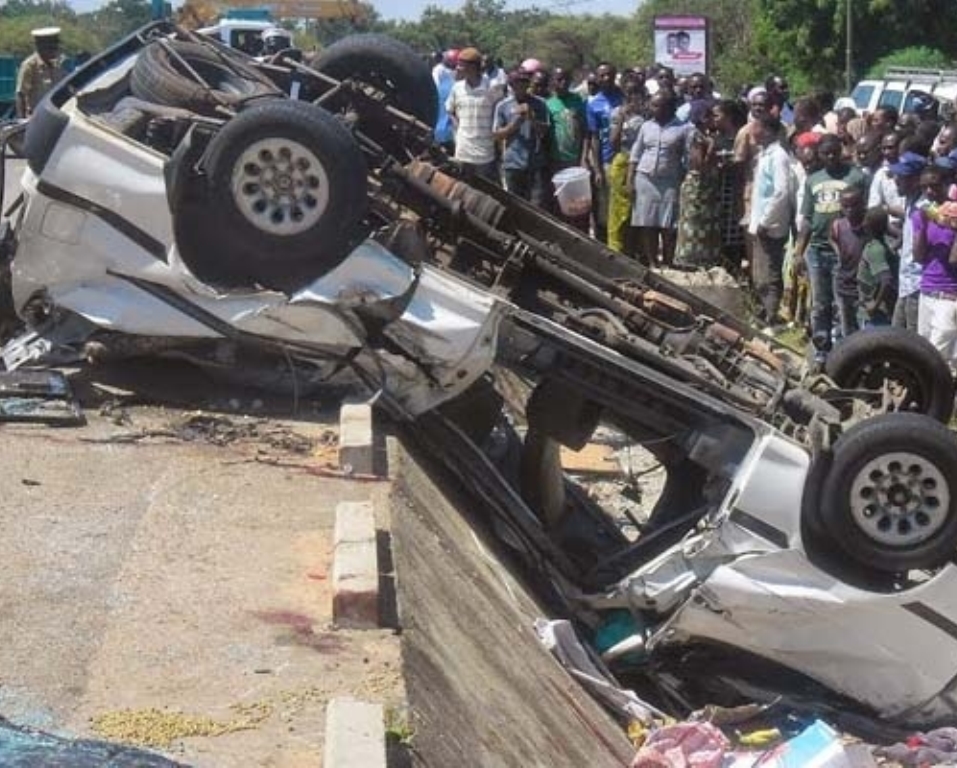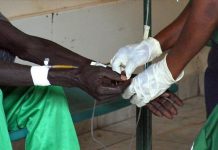AfricaPress-Tanzania: WITH reputable Word Health Organisation (WHO) latest report indicating that approximately 1.35 million people die every year as a result of road traffic crashes, one might be tempted to ask, why are these preventable deaths still persisting and Tanzania being inclusive.
As Tanzanians, we must ask ourselves why we must allow our brothers and sisters to perish on roads as pedestrians, cyclists, and motorcyclists, deaths which are preventable.
To address this, one must not need to be a rocket scientist to note that the leading causes of these deaths are speeding, driving under the influence of alcohol and other psychoactive substances; you name it on the side of the drivers, collectively all man-made causes.
There is no way road accidents would be addressed without bringing onboard also pedestrians, passengers in vehicles and their pillion passengers in motorbikes.
This is a common problem that is caused to some extent by all the parties, who also ignore use of helmets, seat-belts, and child restraints, and lack of road signs and low education on using these signs.
As the government and stakeholders facilitate and provide education in public, those who already have the knowledge should be ambassadors to the grassroots not only in rural areas but also in the urban population, where there is great percentage of the accidents.
We need all stakeholders to intervene in designing safer infrastructure and incorporating road safety features into land-use and transport planning, improving the safety features of vehicles, improving post-crash care for victims of road crashes, setting and enforcing laws relating to key risks, and raising public awareness.
Moreover the maintaining of the design of roads can have a considerable impact on their safety. Ideally, roads should be designed keeping in mind the safety of all road users.
This would mean making sure that there are adequate facilities for pedestrians, cyclists, and motorcyclists.
Measures such as footpaths, cycling lanes, safe crossing points, and other traffic calming measures can be critical to reducing the risk of injury among these road users.
This is a collective problem that should not only be left in the hands of the government to address.
However, the State with financial muscle, professionals and authority, should take the lead with the backup of the public in emphasizing and maintaining education on safe road use.







